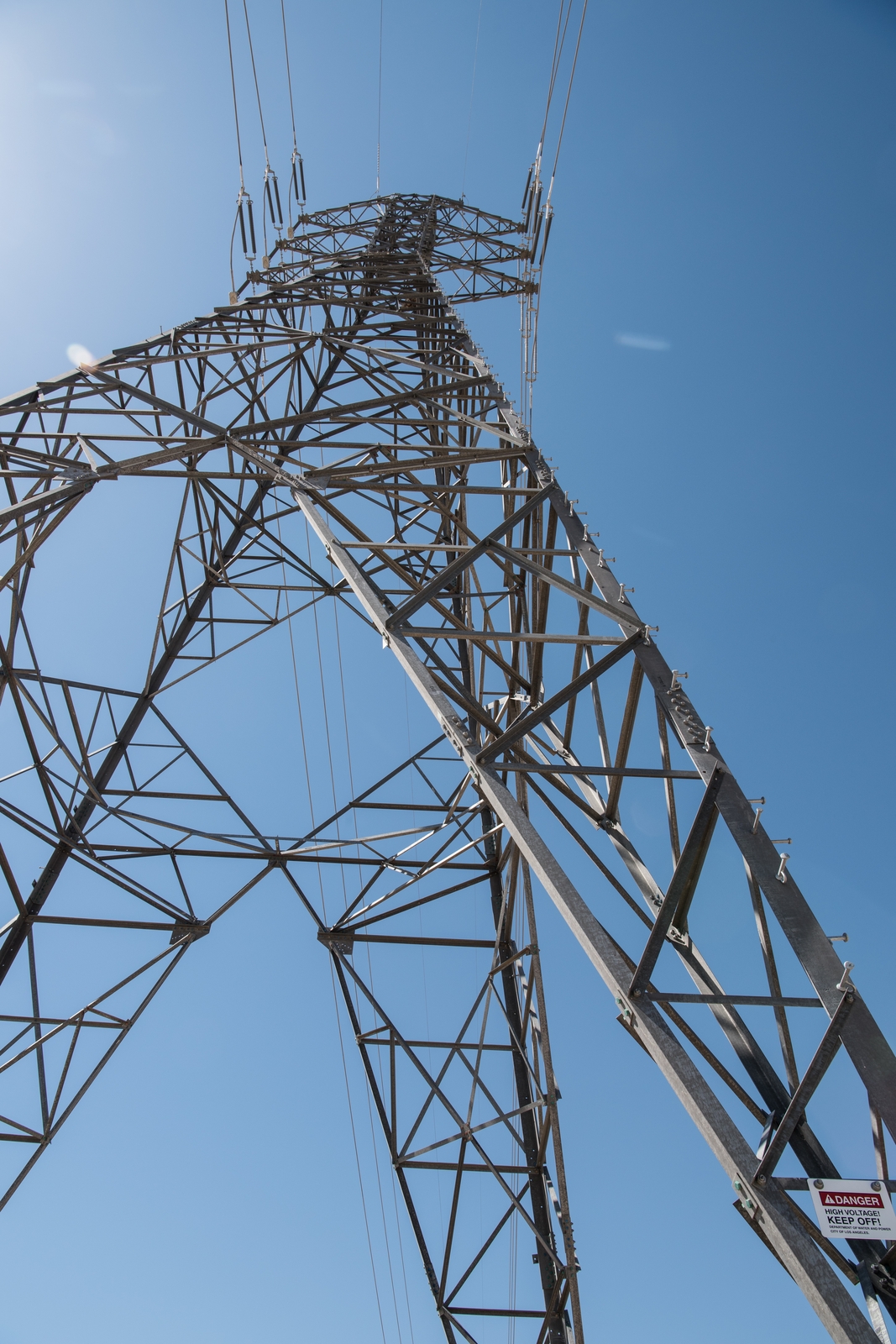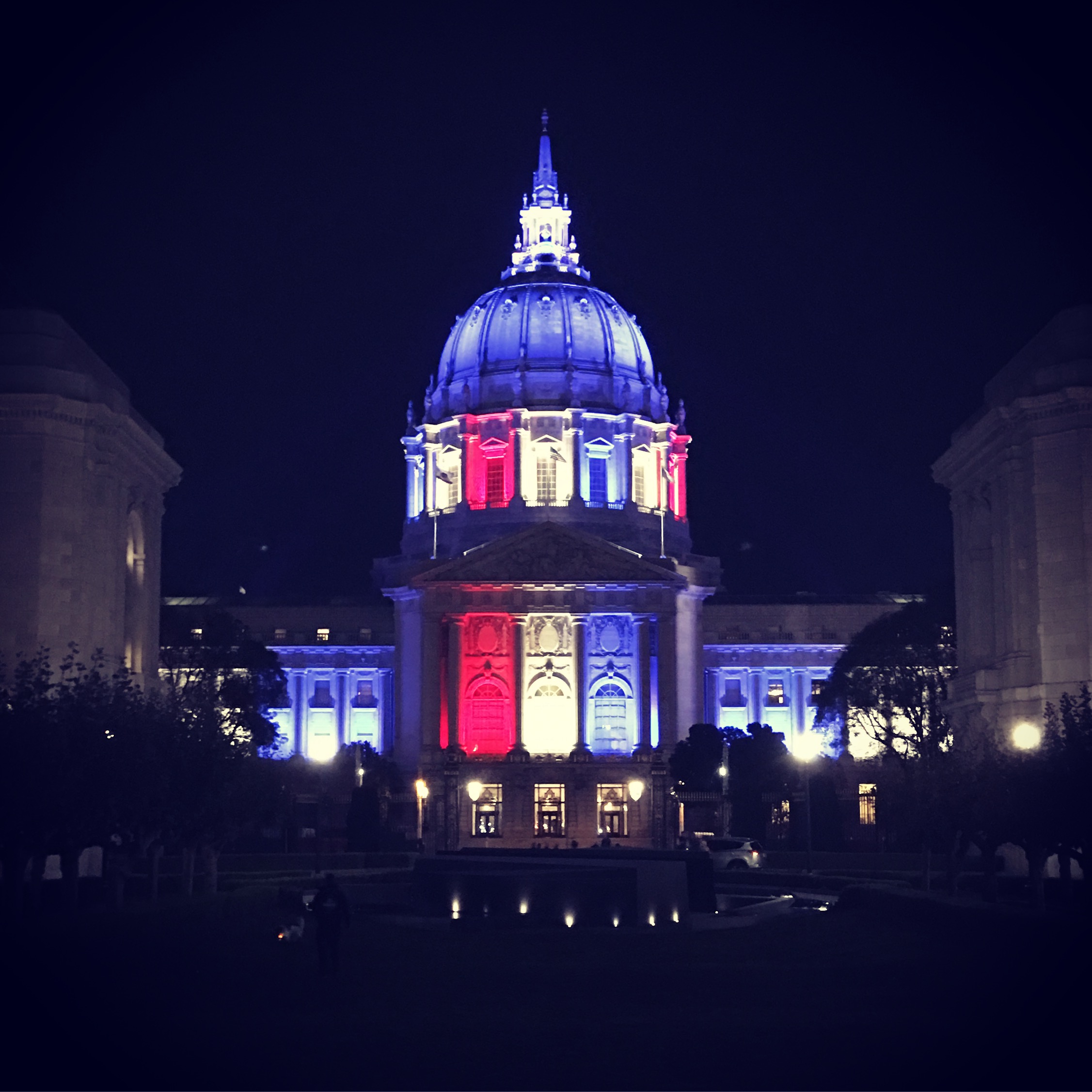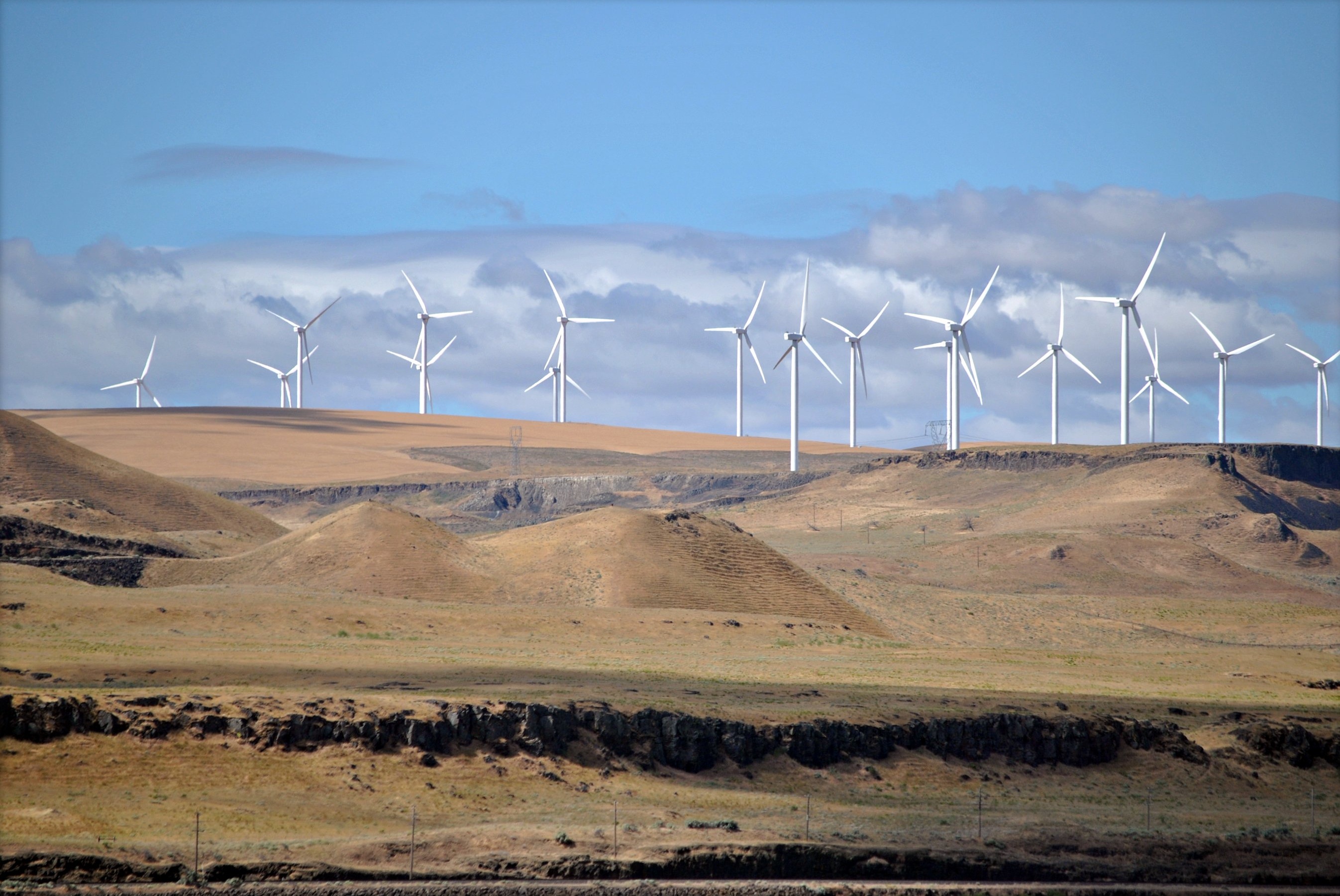|
CleanPowerSF
CleanPowerSF is the City and County of San Francisco's Community Choice Aggregation (CCA) program, whose purpose is to significantly increase the proportion of electrical energy supplied to the San Francisco electrical grid from local renewable sources, decrease San Francisco's greenhouse gas (GHG) emissions, and help combat global climate change, while meeting or exceeding California's Renewable Portfolio Standard (RPS). The RPS requires that 33% of energy supplied by "investor-owned utilities, electric service providers, and community choice aggregators" should be from eligible renewable sources by 2020. CleanPowerSF is administered by the San Francisco Public Utilities Commission (SFPUC) and monitored by the San Francisco Local Agency Formation Commission (LAFCo), which is currently chaired by Supervisor John Avalos. San Francisco's electricity supplier, Pacific Gas & Electric (PG&E), is on track but has not yet met California RPS requirements. In 2008, the San Francisco ... [...More Info...] [...Related Items...] OR: [Wikipedia] [Google] [Baidu] |
Community Choice Aggregation
Community Choice Aggregation (CCA), also known as Community Choice Energy, municipal aggregation, governmental aggregation, electricity aggregation, and community aggregation, is an alternative to the investor owned utility energy supply system in which local entities in the United States aggregate the buying power of individual customers within a defined jurisdiction in order to secure alternative energy supply contracts. The CCA chooses the power generation source on behalf of the consumers. By aggregating purchasing power, they are able to create large contracts with generators, something individual buyers may be unable to do. The main goals of CCAs have been to either lower costs for consumers or to allow consumers greater control of their energy mix, mainly by offering "greener" generation portfolios than local utilities. Eight states in the United States have enacted CCA enabling law. They are: Massachusetts, Ohio, California, Illinois, New Jersey, New York, Rhode Island, and V ... [...More Info...] [...Related Items...] OR: [Wikipedia] [Google] [Baidu] |
San Francisco Public Utilities Commission
The San Francisco Public Utilities Commission (SFPUC) is a public agency of the City and County of San Francisco that provides water, wastewater, and electric power services to the city and an additional 1.9 million customers within three San Francisco Bay Area counties. Functions The SFPUC manages a complex water supply system consisting of reservoirs, tunnels, pipelines and treatment facilities and is the third largest municipal utility agency in California. The SFPUC protects its watershed properties with security utility trucks and fire apparatus painted white over green. The SFPUC provides fresh water from Hetch Hetchy Reservoir to 2.7 million customers for residential, commercial, and industrial uses. Near one-third of its delivered water is sent to customers within San Francisco, while the remaining two-thirds is sent to Alameda, San Mateo, and Santa Clara counties. Since its creation in February 2005, the SFPUC Power Enterprise Division has supplied power to many city f ... [...More Info...] [...Related Items...] OR: [Wikipedia] [Google] [Baidu] |
Government Of San Francisco
The government of the City and County of San Francisco utilizes the "strong mayor" form of mayoral/council government, composed of the Mayor, Board of Supervisors, several elected officers, and numerous other entities. It is the only consolidated city-county in California, and one of only thirteen charter counties of California. The fiscal year 2019–20 city and county budget was approximately $12.3 billion. Organization San Francisco utilizes the "strong mayor" form of mayoral/council government, composed of the mayor, Board of Supervisors, several elected officers, and numerous other entities. San Francisco voters use ranked-choice voting to elect the mayor, supervisors, and other elective officers. Mayor The Mayor of San Francisco is the head of the executive branch of the city and county government. The mayor has the responsibility to enforce all city laws, administer and coordinate city departments and intergovernmental activities, set forth policies and agendas t ... [...More Info...] [...Related Items...] OR: [Wikipedia] [Google] [Baidu] |
Politics Of San Francisco
Following the social upheavals of the 1960s, San Francisco became one of the centers of progressive activism, with Democrats, and progressives dominating city politics. This continuing trend is also visible in the results of presidential elections; the last Republican to win San Francisco was Dwight Eisenhower in 1956. Although the fight between Democrats and Republicans has been unequal for the last forty years, it has become increasingly lopsided, with conservative commentators frequently attacking the city's politics using the ''ad hominem'' phrase, "San Francisco values". In spite of its heavy liberal leanings, San Francisco has the highest percentage of " no party preference" voters of any California county, as of November, 2012. Campaign corruption is monitored by the San Francisco Ethics Commission and violations result in fines up to $5,000 per violation. State and federal representation In the California State Senate, San Fra ... [...More Info...] [...Related Items...] OR: [Wikipedia] [Google] [Baidu] |
California Solar Initiative
Solar power in California includes utility-scale solar power plants as well as local distributed generation, mostly from rooftop photovoltaics. It has been growing rapidly because of high insolation, community support, declining solar costs, and a Renewable Portfolio Standard which requires that 33% of California's electricity come from renewable resources by 2020, and 60% by 2030. Much of this is expected to come from solar power via Photovoltaics, photovoltaic facilities or concentrated solar power facilities. In 2019, the Solar Energy Industries Association (SEIA) reported a total of 27,400 MW of solar capacity installed (3,125 MW in 2019 alone), making up 20% of all electricity produced in the state. In October 2020, California ranked as the highest solar power generating state in the nation, producing enough solar capacity to power 8.4 million homes in the state. In 2020, SEIA estimated that California will increase its solar capacity by over 19,000 MW over the next five ... [...More Info...] [...Related Items...] OR: [Wikipedia] [Google] [Baidu] |
Renewable Energy
Renewable energy is energy that is collected from renewable resources that are naturally replenished on a Orders of magnitude (time), human timescale. It includes sources such as Solar power, sunlight, wind power, wind, the movement of Hydropower, water, and geothermal energy, geothermal heat. Although most renewable energy sources are sustainable energy, sustainable, some are not. For example, some biomass sources are considered unsustainable at current rates of exploitation of natural resources, exploitation. Renewable energy often provides energy for electricity generation to a grid, space heating, air and water heating/air conditioning, cooling, and stand-alone power systems. Renewable energy technology projects are typically large-scale, but they are also suited to rural and remote areas and Renewable energy in developing countries, developing countries, where energy is often crucial in Human development (humanity), human development. Renewable energy is often deployed toge ... [...More Info...] [...Related Items...] OR: [Wikipedia] [Google] [Baidu] |
100% Renewable Energy
100% renewable energy means getting all energy from renewable resources. The endeavor to use 100% renewable energy for electricity, heating, cooling and transport is motivated by climate change, pollution and other environmental issues, as well as economic and energy security concerns. Shifting the total global primary energy supply to renewable sources requires a transition of the energy system, since most of today's energy is derived from non-renewable fossil fuels. Research into this topic is fairly new, with very few studies published before 2009, but has gained increasing attention in recent years. The majority of studies show that a global transition to 100% renewable energy across all sectors – power, heat, transport and desalination – is feasible and economically viable. A cross-sectoral, holistic approach is seen as an important feature of 100% renewable energy systems and is based on the assumption "that the best solutions can be found only if one focus ... [...More Info...] [...Related Items...] OR: [Wikipedia] [Google] [Baidu] |
Sierra Club
The Sierra Club is an environmental organization with chapters in all 50 United States, Washington D.C., and Puerto Rico. The club was founded on May 28, 1892, in San Francisco, California, by Scottish-American preservationist John Muir, who became the first president as well as the longest-serving president, at approximately 20 years in this leadership position. The Sierra Club operates only in the United States and holds the legal status of 501(c)(4) nonprofit social welfare organization. Sierra Club Canada is a separate entity. Traditionally associated with the progressive movement, the club was one of the first large-scale environmental preservation organizations in the world, and currently engages in lobbying politicians to promote environmentalist policies. Recent focuses of the club include promoting sustainable energy and mitigating global warming, as well as opposition to the use of coal, hydropower and nuclear power. The club is known for its political endor ... [...More Info...] [...Related Items...] OR: [Wikipedia] [Google] [Baidu] |
Northern California District Council Of Laborers
The Northern California District Council of Laborers (NCDCL) is a labor organization affiliated with the Laborers' International Union of North America. The NCDCL was chartered in 1937 in San Francisco, California and today represents over 30,000 men and women, who are collectively employed as laborers by its network of 1700 signatory employers. About The purpose of the NCDCL is to raise the living standards of its members. With that responsibility, the Council obligates itself to its members. The NCDCL does not limit their efforts to simple representation, they take a long-term view of their members and successive generations and annually award college scholarships to members or their families The construction industry differs in that bargaining units are not organized by the workers who then form a shop through elections. The construction company management chooses to be a union shop because they value the benefits and services they receive and in exchange they agree to hire ... [...More Info...] [...Related Items...] OR: [Wikipedia] [Google] [Baidu] |
Renewable Energy Certificate (United States)
Renewable Energy Certificates (RECs), also known as Green tags, Renewable Energy Credits, Renewable Electricity Certificates, or Tradable Renewable Certificates (TRCs), are tradable, non-tangible energy certificates in the United States that represent proof that 1 megawatt-hour (MWh) of electricity was generated from an eligible renewable energy resource ( renewable electricity) and was fed into the shared system of power lines which transport energy. Solar renewable energy certificates (SRECs) are RECs that are specifically generated by solar energy. Background There are two main markets for renewable energy certificates in the United States – compliance markets and voluntary markets. Compliance markets are created by a policy that exists in 29 U.S. states, the District of Columbia, and Puerto Rico, called Renewable Portfolio Standard. In these states, the electric companies are required to supply a certain percent of their electricity from renewable generators by a specif ... [...More Info...] [...Related Items...] OR: [Wikipedia] [Google] [Baidu] |




